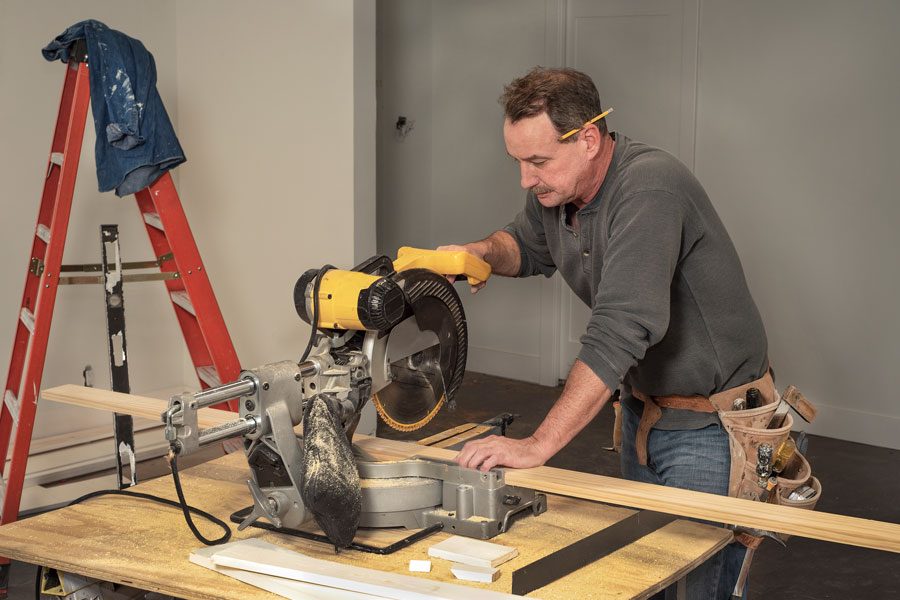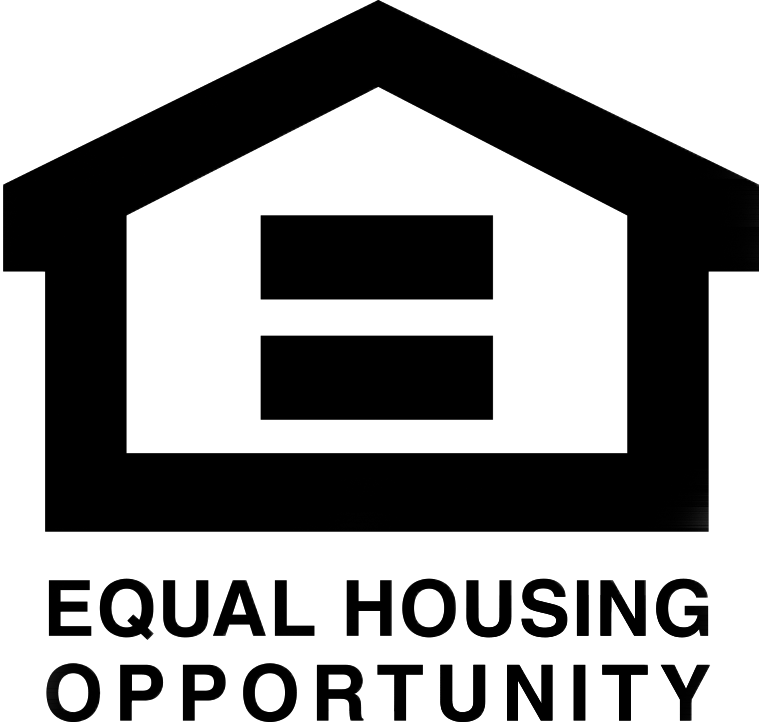Conventional Rehab Loans
In today’s highly competitive – and expensive – housing market, sometimes a brand-new home may be out of reach for some individuals; but that doesn’t mean that the American dream of home ownership is out of reach.

Distinct Types Of Conventional Rehab Loans
Sometimes finding an unfinished residence or even a “fixer-upper” for less up-front money can put owning a home within financial reach, and for assistance in purchasing the property and then completing its transformation into your new nest in the terms of construction, repairs and upgrades, you might want to look into what is known as a “conventional rehab loan.”
If you bought a home that – for whatever reason – has been left in an unfinished state, or one that requires repairs and upgrades, a conventional rehab loan allows you to finance the purchase of a new home and the cost of renovations with a combined mortgage; you won’t have to take out a second mortgage to cover home improvements.
Conventional rehab loans are provided by private lenders; first, you must apply for one, at which time the lender will inform you of the terms of the loan, should you be successfully pre-approved.
Once pre-approval has been granted and the terms of the loan ironed out and presented, get in touch with the contractor that you have lined up to do the work on your new home; once you have retrieved the plans for the project from the contractor, you must then present them to the lender for approval.
If the lender approves of the plans, they will then send an appraiser to assign an estimated value to your home after renovations and repairs are completed, taking into consideration the plans of the contractor.
Once the plans have been approved, close on the home and have your contractor begin their efforts to complete and/or renovate the project. Typically, lenders allow a six-month frame of time for the project to be completed, although with approval that limit can be extended for as long as a year, if circumstances warrant.
There are two distinct types of conventional rehab loans; the Fannie Mae HomeStyle Renovation Loan and the Freddie Mac CHOICE Renovation loan, each of which serves a very similar yet very specific purpose.
Fannie Mae HomeStyle Renovation Loan
The Fannie Mae HomeStyle Renovation Loan – which comes with either a 15 or 30 year loan term – covers repairs or upgrades on a residential home that you plan to buy, limited to 95 percent of the home’s value after it has been repaired or renovated. The loan comes with an adjustable or fixed interest rate that, on average, is lower than the average home equity loan or line of credit.
This loan allows an individual to combine the purchase price and renovation costs into a single mortgage, instead of taking out two separate mortgages. This will save you money, as you’ll only have to pay one set of closing costs and will only have a single monthly mortgage payment to make. However, if you already own the home in question, you will need to refinance your existing mortgage, which may stick you with a higher interest rate than you had before.
Fannie Mae HomeStyle Renovation Loans are capped in most markets for single-family properties at $548,250; however, in more affluent markets, that amount to swell as high as $822,375. That amount could also increase to a maximum of $685,400 for four-unit properties and $1.5 million in high-priced real estate markets.
As for upgrades as opposed to completions or repairs, those loans are capped at $50,000 or 50 percent of the projected property value after renovations are finished.
Limitation of the Fannie Mae HomeStyle Renovation Loan prohibit borrowers from constructing a second home, making upgrades or improvements that are only considered “temporary” in nature, and using the money from the loan to demolish the property.
In order to qualify for a Fannie Mae HomeStyle Renovation Loan, a prospective borrower must have a credit score of at least 620 and they should have no more than a 45 percent debt-to-income ratio.
Freddie Mac CHOICERenovation loan
The Freddie Mac CHOICERenovation loan – which comes with either a 15 or 30 year loan term – covers renovation costs on investment properties, second homes and multi-unit properties, limited to 95 percent of the property’s value after it has been repaired or renovated.
You can use a Freddie Mac CHOICERenovation loan to work on a property that you either are planning to buy, or one that you already own. However, if you already own the property in question, you will need to refinance your existing mortgage, which again may stick you with a higher interest rate than you had before.
The main advantage of this loan type is that it offers borrowers more flexibility than a Fannie Mae HomeStyle Renovation Loan allows; for example, you can utilize the funds from the loan to cover most upgrades, in addition to more specialized work such as reinforcing the property against potential damage that could be caused by natural disasters, or repairing the property if damaged by a natural disaster.
To qualify for a Freddie Mac CHOICERenovation loan, a prospective borrower must have a credit score of at least 660 and they should have no more than a 43 percent debt-to-income ratio; in addition, they would need to put at least 3.5 percent down on the loan.
However, if a borrower is carrying out repairs or renovations on their own without the aid of an outside contractor, they may be eligible for a down payment credit if the job is finished before closing.
So, if you’re looking to buy a property that requires some TLC to turn it into your dream home – or if you’re a real estate investor looking to maximize your gains – a Conventional Rehab Loan may be just what you need.

